Art Guides
What to See at Berlin Art Week 2016
Your ultimate guide to navigating Berlin's multi-branched week.
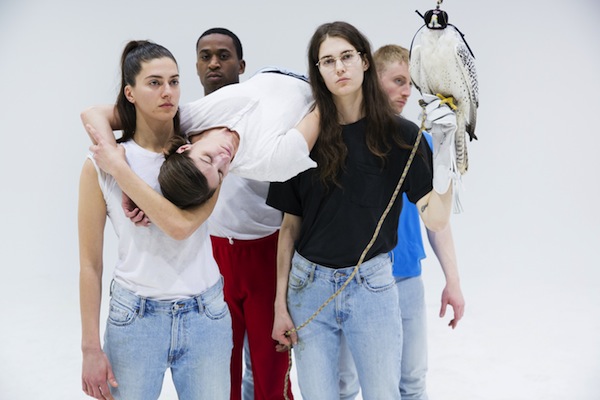
Your ultimate guide to navigating Berlin's multi-branched week.

Alyssa Buffenstein &
Hili Perlson

September is a busy month for the art world, and nothing encapsulates the season’s chaotic mix of exhibition openings, fairs, tours, talks, and awards quite like Berlin Art Week. The event, which takes place this year from September 13-18, is a citywide collection of participating museums, institutions, private collections, and project spaces—not to mention two art fairs abc Art Berlin Contemporary, and Positions. And while unaffiliated, the fair Berliner Liste also runs during Berlin’s Art Week.
Although some of the exhibitions have been on view for a good chunk of the summer, Berlin Art Week provides a platform for visiting art collectors, connoisseurs, and amateurs alike to experience all the art Berlin has to offer at the beginning of the fall season. To help navigate this multi-branched, multi-venue event, we rounded up a list of our must-sees of Berlin Art Week 2016 below.
Last Chance to See the 9th Berlin Biennale
The Berlin Biennale ran slightly longer than usual this year in order to coordinate with Berlin Art Week. The last chance to see the 9th edition is the weekend of September 15-18. A whopping 12 hours of lectures and performances will take place from noon to midnight on September 14, with participants like CUSS Group, Nik Kosmas, Trevor Paglen, Alexandra Pirici, Puppies Puppies, Daniel Steegmann Mangrané, and more.
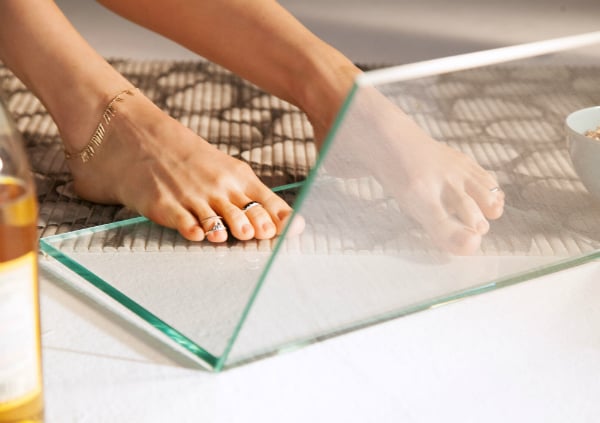
Courtesy 9th Berlin Biennale.
“Dada Africa: Dialog with the Other” at Berlinische Galerie
This exhibition at the Berlinische Galerie displays works by Dada artists like Hanna Höch, Sophie Taeber-Arp, and Marcel Janco, alongside works from outside the western tradition that inspired them. 100 years after Dada originated, viewers can trace the visual influence from non-western traditions by mostly unknown artists from Africa, Oceania, and North America on the influential avant-garde Dadaists.
Anne Imhof, “Angst II” at Hamburger Bahnhof
Winner of the 2015 Preis der Nationalgalerie, German artist Anne Imhof’s solo exhibition at the Hamburger Bahnhof will open during Berlin Art Week, and will run for 10 days only. Her “Exhibition as Opera” unfolds in several acts performed throughout the duration of the exhibition, with the galleries of the museum being activated by Imhof’s performers every evening between 8 PM and midnight. The fluid, durational exhibition is said to include “choreographed actors, falcons, objects, drones and a musical composition.”
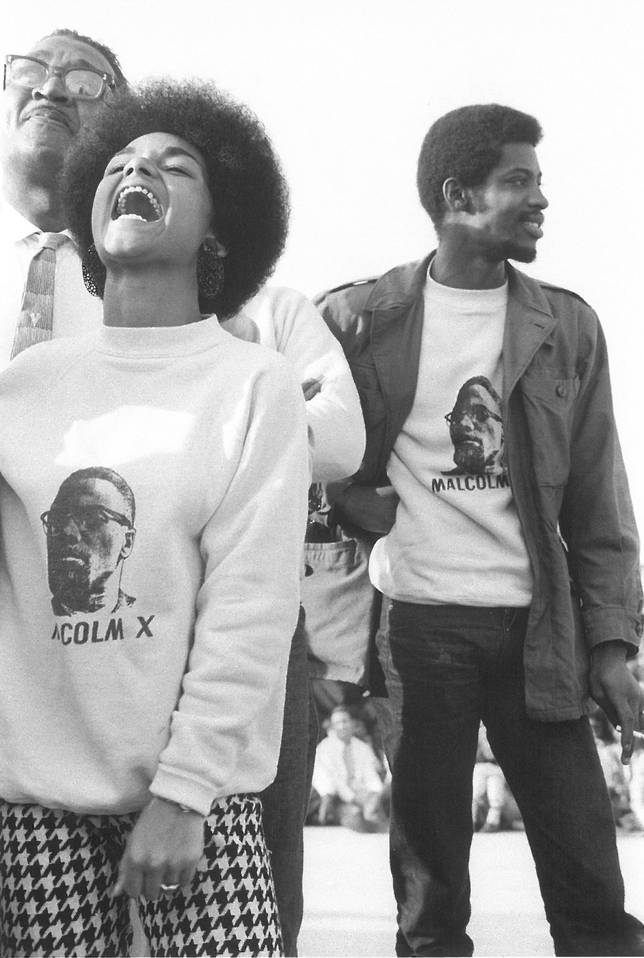
Gordon Parks Untitled, Watts California (1967). Copyrights and courtesy The Gordon Parks Foundation.
Gordon Parks, “I Am You. Selected Works 1934 – 1978” at C/O Berlin
Gordon Parks (1912–2006) trained his camera on American society, critically chronicling its frictions and injustices, in particular the oppression of the black community and the Civil Rights movement. The political issues his photo-journalistic work captured have lost none of their explosiveness today. However, Parks also produced editorial work, mostly for lifestyle publications such as Vogue or Life. In retrospect, this co-existence of glamour and misery makes his oeuvre an enthralling visual social history of America in the 20th century.
“Nasher Prize Dialogues: The Work of Sculpture in the Age of Digital Production” at Akademie der Künste
On September 14, critic Jörg Heiser, curator Kasper König, and artists Bettina Poutscttchi and Rachel de Joode will participate in this discussion on the impact that digital technology has had on sculptural artistic practices. Part of a worldwide series designed to promote contemporary sculpture, the Nasher Prize Dialogues were established with the Nasher Prize in 2016—the inaugural award was given to artist Doris Salcedo.
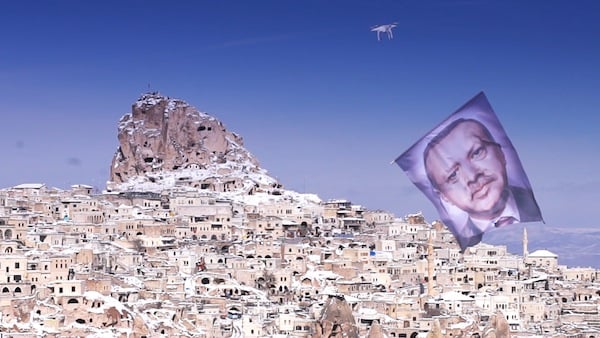
Halil Altındere, Escape from Hell (2016) (Video still). Image courtesy of Neuer Berliner Kunstverein n.b.k.
Halil Altındere: “Köfte Airlines” at HAU
Turkish artist Halil Altındere is critical of current power structures, from the patriarchy, to government and military establishments. “Köfte Airlines” makes a biting statement on the refugee crisis by depicting a group of refugees on top of an airplane. The work barely has to hyperbolize the dangerous journey undertaken by refugees in order to criticize the treatment by EU states and beyond of the displaced.
“Sound Matters (or: What to do with the money?)” at Errant Bodies
Errant Bodies is a project space dedicated to experimental sound art, run by a group of artists, researchers, and writers. In 2016, the Berlin Senate awarded the space a €30,000 award that goes to non-market oriented, Berlin-based groups. For Berlin Art Week, the collective will exhibit their work, and reflect on the impact that money, its lack or gain, can have on a project space, a topic that is increasingly relevant to the changing landscape of Berlin with its real estate developments. Errant Bodies and other winners of the “Projektraumpreis” will celebrate with a Friday night party at Bar Babette.
Natascha Sadr Haghighian at n.b.k.
For “onco-mickey-catch,” Natascha Sadr Haghighian investigates a video calling app called CatchEye. Developed in Switzerland and Israel for military research, the technology is now being adapted for commercial use. CatchEye technology detects the users’ faces, and aligns their eyes so that they appear to look directly at each other, rather than at the image of their video call companion on their screen. The artist installed the technology into a sculptural taxidermy mouse for a clinical installation at n.b.k.
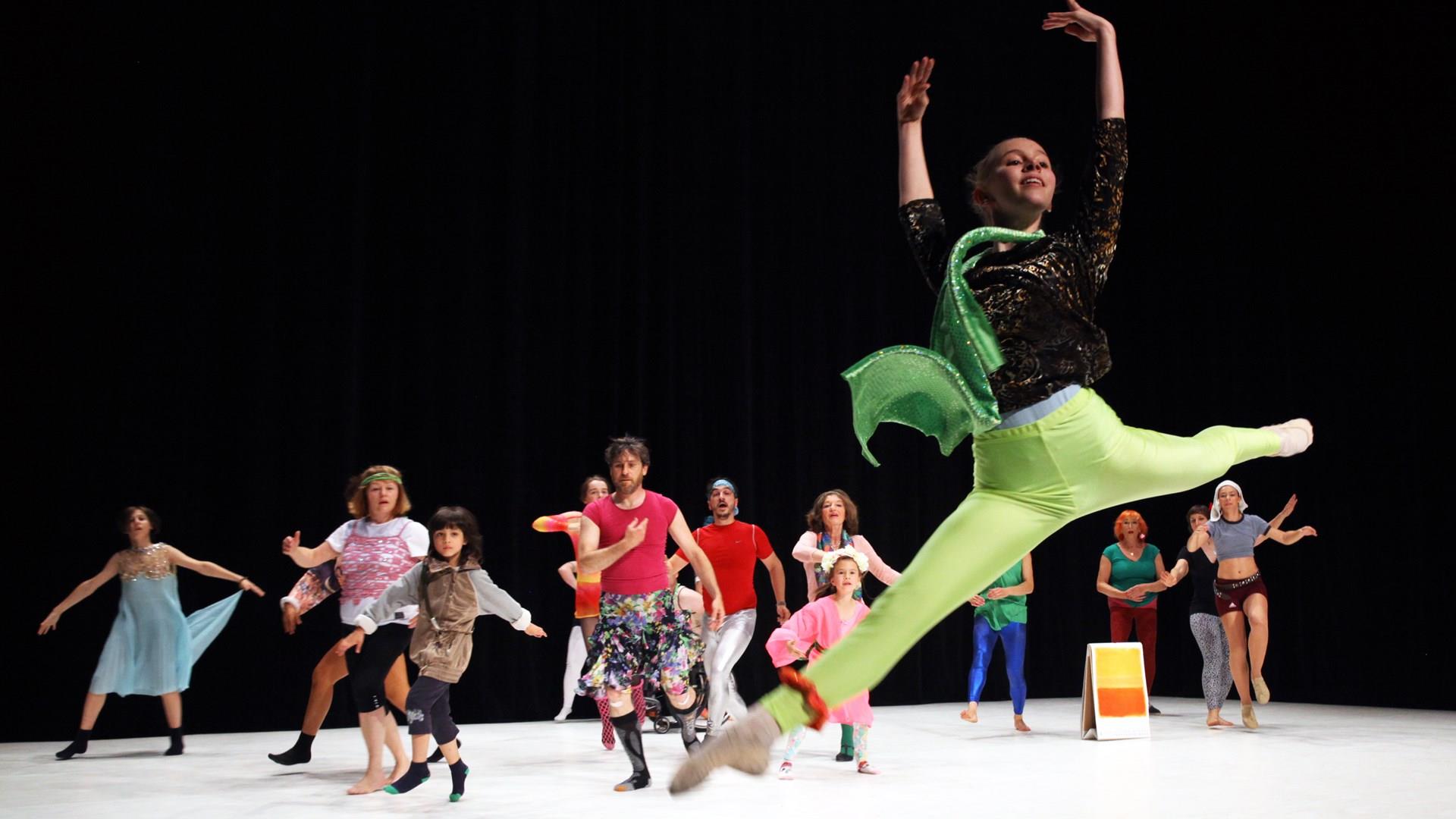
Jerome Bel, Gala. Photo Dorothea Tuch courtesy Hebbel am Ufer, Berlin.
Jérôme Bel at HAU
For three nights during Berlin Art Week, French choreographer Jérôme Bel will show two works that could not be farther apart, but that are both central examples of his unique approach to dance and the stage arts. On September 15-16, viewers will get the chance to see one of his earliest pieces from 1995, simply titled Jérôme Bel. Stripped-down of any additional accoutrements, the dance focuses on the basics: light, music, and the body.
In stark contrast, on September 17, the trans-generational dance piece Gala (2015) gathers professional dancers and amateurs from all walks of life, bringing their personal tastes and approaches to movement to form one colorful and exhilarating performance. Each is a choreographer, a dancer, and a designer of the evening’s progress, and no one can stay immune to Bel’s absolute disarming of any attempt at judgement.
Artists’ films at Kino International
One of Berlin’s most beautiful movie theaters, the GDR-era Kino International is hosting a 13-hours marathon program dedicated entirely to artists’ films. The program, which is free of charge, will offer visitors the unique opportunity to watch outstanding film works by internationally renowned artists to the big screen rather than the exhibition projection room. Curated by Marc Glöde, the program includes films by Yuri Ancarani, Kenneth Anger, Vajiko Chachkhiani, Cerith Wyn Evans, Barbara Hammer, Sharon Lockhart, Sarah Morris, Bruce Nauman, Olaf Nicolai, Stephen Prina, Ugo Rondinone, Christopher Roth, Erik van Lieshout, Lawrence Weiner, and Peter Welz. What’s more, the glass cases in front of Kino International will be converted to showcase works by Bruce Nauman.
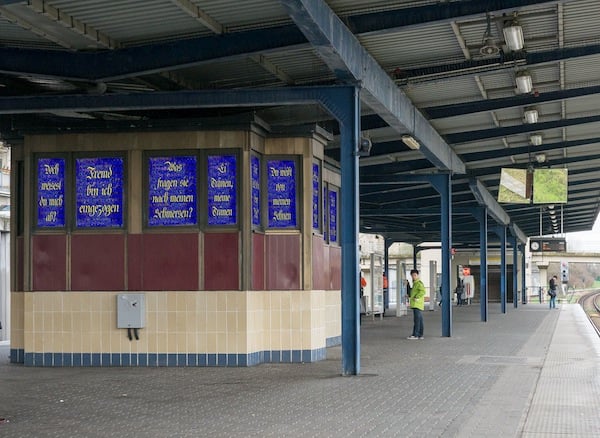
Visualization, Elizabeth Wood, “Mitte in der Pampa!,” Image: ©Elisabeth Wood.
Mitte in der Pampa: Kunst im Untergrund 2016/2017
Mitte in der Pampa will take place at the neue Gesellschaft für bildende Kunst, and the U5 station Cottbusser Platz in Hellersdorf. A work by artist Elizabeth Wood called A Migrant’s Journey (After Winterreise) is an adaptation of Wilhelm Müller’s 1824 song cycle. Wood picked out certain lines from Müller’s original poem in order to create a new narrative, and to try to express the perspective of a contemporary migrant’s experience. The Hellersdorf setting was chosen specifically for the neighborhood’s reputation to be hostile towards immigrants.
Future Institutions, a panel discussion with Chris Dercon and Krist Gruijthuijsen
As part of the Young Curators Workshop at the 9th Berlin Biennale—a special program focusing on the idea of “Post-Contemporary” and conceived by philosopher Armen Avanessian—invited guests will discuss the biennale from a perspective that considers the end of linear time. One of the highlights of the week-long workshop is sure to be this public event on Future Institutions, at the Akademie der Künste on September 12, with Chris Dercon and Krist Gruijthuijsen, who are both starting their new positions in Berlin in early 2017: Dercon at the Volksbühne, and Gruijthuijsen at the KW Institute for contemporary art.